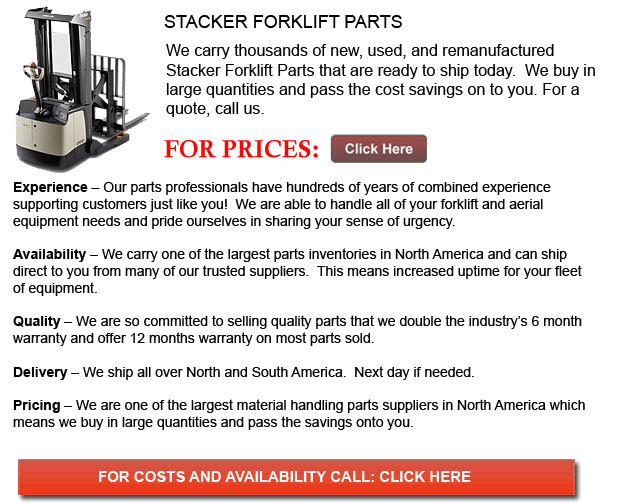
Parts for Stacker Forklifts - A sort of compact forklift, the electric stacker is used to work in smaller areas, making lifting and loading much easier on the warehouse worker. Usually wide, but flat stuff such as pallets, slabs, and tubes are transferred with this particular piece of machine. There are metallic prongs jutting out horizontally from the body of the electrical stacker which use a hydraulic lift system to be able to move up and down a vertical shaft. There are wheels on this particular device to be able to allow the driver to simply place the prongs underneath an object and pick up and move it to another location.
Construction facilities rely on stackers for transporting materials. Big earth movers are usually vital for work on building foundations, while the building infrastructure can often be handled by an electric stacker. Really heavy pallets of massive wall and floor components, for example, could be moved efficiently and carefully with a stacker.
An important machinery in environments in which pallets are typically used, electrical stackers can effectively transport and stack crates and boxes containing many items. Stackers are used in order to consolidate order content in a warehouse and retrieve objects, allowing the driver to transport quite a lot of items at once rather than transferring each separate box.
Employees used to rely upon a pulley system for loading supplies onto trucks, before the invention of gas and electric stackers. Though the pulley system worked successfully, they were risky and required lots of manpower to operate. The invention of electric stackers made the workload more effective for the reason that it freed up numerous employees as just a single person is required to be able to work it. Electrical stackers offer a lot more safety in the workplace for loading heavy equipment and supplies.
Electrical stackers are simple to operate, comprising both a steering and a pulling handle. All electric stacker models have wheels and weigh only over 800 lbs or 364 kg. The unit comes complete with a hand break for easy stopping and placement. The majority of electrical stackers work on a hydraulic system. The average lifting capacity is approximately one thousand two hundred kilograms or two thousand five hundred forty five pounds, making them useful in warehouse locations where heavy materials are usually stacked. The length of the blades is approximately 3.67 feet and width 1.87 feet and the blade base itself is more or less 3.91 feet. The standard model has a turning radius of 5.82 feet allowing them to fit into restricted places.
Several electrical stacker units have remarkable lifting power and can raise 408 kg or 900 lbs to a height of around 4.26 feet. Trying to do this with a pulley system and manpower alone would need around 5-6 men to lift this same weight to the same height. Allowing for faster stacking of stuff with a usual speed range of 39.73 feet per second or 12 meters per second, they are an essential warehouse device. Many electric stackers have a heavy duty electro-hydraulic power pack as standard equipment, allowing them to do this same amount of work a lot faster. Nearly all electric stackers come along with a 12 volt battery and are rechargeable, even if they are evolving at all times. These big stackers are used in shipyards to be able to assist in loading ships, while there are even stackers small enough to be used in a homeowner's garage.
![]() Click to Download the pdf
Click to Download the pdf
Forklift Parts
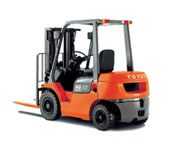
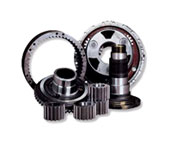


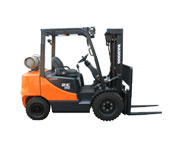
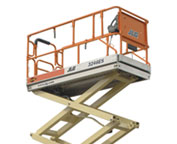
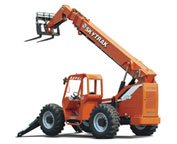
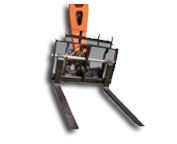
Lift Parts Express
TOLL FREE: 1-888-695-7994
LOCAL: 909-327-3114
928 N San Fernando Blvd J-152
Burbank, California
forkliftpartsburbank.com
Email Us
About Us


